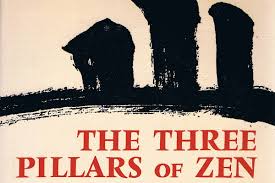The Moon of Truth

Between a supremely perfected Buddha and us, who are ordinary, there is no difference as to substance. This “substance” can be likened to water. One of the salient characteristics of water is its conformability: when put into a round vessel it becomes round, when put into a square vessel it becomes square. We have this same adaptability, but as we live bound and fettered through ignorance of our true nature, we have forfeited this freedom. To pursue the metaphor, we can say that the mind of a Buddha is like water that is calm, deep, and crystal clear, and upon which the “moon of truth” reflects purely and perfectly. The mind of the ordinary person, on the other hand, is like murky water, constantly being churned by the gales of delusive thought and no longer able to reflect the moon of truth. The moon nonetheless shines steadily upon reflection. Thus we lead lives that are frustrating and meaningless.
How can we fully illuminate our life and personality with the moon of truth? We need first to purify this water, to calm the surging waves by halting the winds of discursive thought. In other words, we must empty our minds of what the Kegon (Avatamsaka) Sutra calls the “conceptual thought of man.” Most people place a high value on abstract thought, but Buddhism has clearly demonstrated that discriminative thinking lies at the root of delusion. I once heard someone say: “Thought is the sickness of the human mind.” From the Buddhist point of view this is quite true. To be sure, abstract thinking is useful when wisely employed — which is to say, when its nature and limitations are properly understood — but as long as human beings remain slaves to their intellect, fettered and controlled by it, we can be called sick.
Roshi Philip Kapleau
from The Three Pillars of Zen

